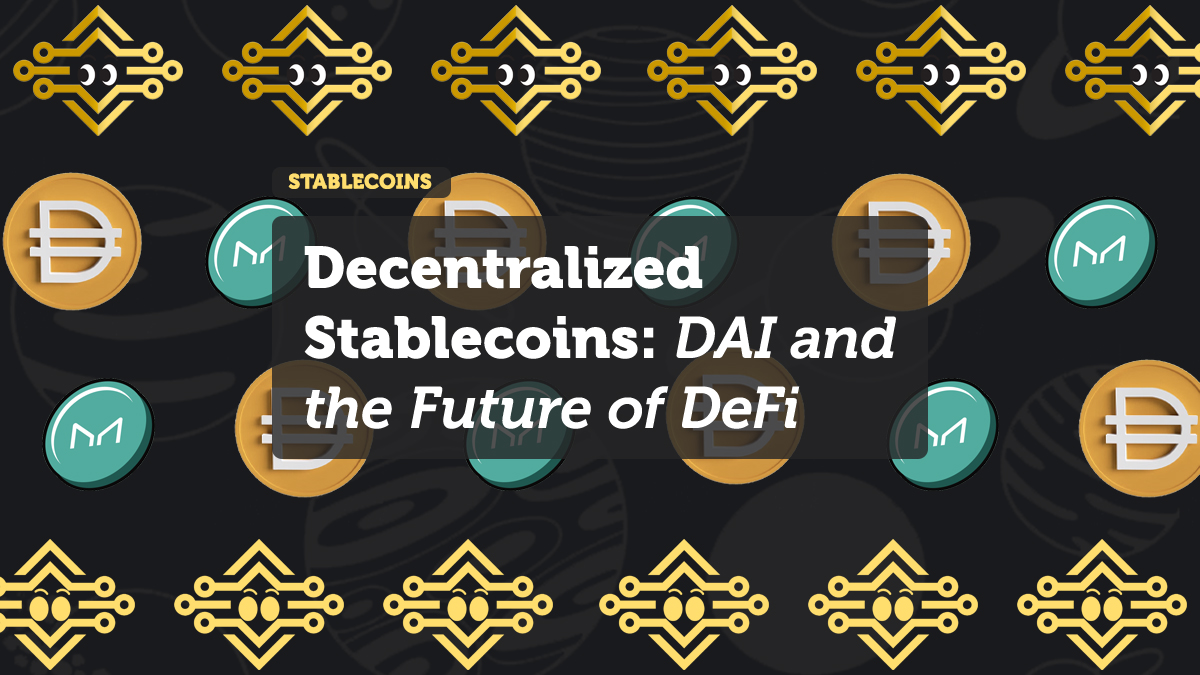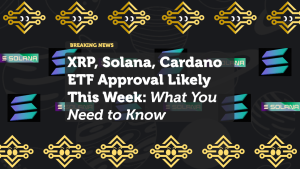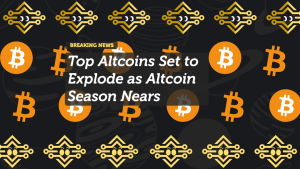
Decentralized Stablecoins: DAI and the Future of DeFi
The Role of Decentralized Stablecoins in DeFi
As decentralized finance (DeFi) gains momentum, decentralized stablecoins have become vital assets within this ecosystem. Stablecoins like DAI from MakerDAO offer stability in a volatile market. Unlike centralized counterparts, decentralized stablecoins operate on blockchain protocols, providing liquidity, collateral, and financial stability within DeFi. As demand for these assets grows, so do the opportunities and risks for investors in this evolving space.
How Decentralized Stablecoins Maintain Their Pegs
Maintaining a stable value is essential for any stablecoin. Decentralized stablecoins have developed unique mechanisms to achieve this.
DAI is pegged to the US dollar and managed by the MakerDAO protocol. It is backed by a diverse set of cryptocurrencies like ETH and other ERC-20 tokens, which are locked in smart contracts as collateral. When the value of the collateral drops below a certain threshold, the system automatically sells the assets to maintain DAI’s stability.
These mechanisms set decentralized stablecoins apart from centralized ones like USDC or Tether (USDT), which rely on fiat reserves held by centralized entities. In contrast, DAI achieves stability through decentralized protocols, aligning with the ethos of DeFi.
The Crucial Role of Decentralized Stablecoins in DeFi
Decentralized stablecoins are essential for maintaining liquidity, collateral, and stability. In DeFi, stablecoins like DAI are widely used in lending platforms, liquidity pools, and decentralized exchanges (DEXs).
For example, DAI is often used as collateral in lending platforms like Aave and Compound. Users can lock up their assets to borrow other cryptocurrencies. This process facilitates efficient capital use and adds stability to DeFi markets by ensuring that loans are over-collateralized.
The stability offered by these assets is critical for DeFi’s growth. They allow users to interact with the ecosystem without being exposed to the high volatility typically associated with cryptocurrencies. As a result, decentralized stablecoins are becoming the preferred medium of exchange, store of value, and unit of account within DeFi.
Investor Risks and Opportunities
While decentralized stablecoins in DeFi offer significant opportunities, they are not without risks. The primary risk is the potential for these stablecoins to lose their peg during extreme market conditions or protocol failures.
For instance, during times of high volatility, the value of the collateral backing DAI could plummet. This scenario could cause the system to struggle to maintain the peg.
However, the opportunities for investors are considerable. As DeFi grows, the demand for stablecoins offering both stability and decentralization is likely to increase. Investors holding or using decentralized stablecoins can benefit from yield-generating opportunities on various DeFi platforms, such as staking, lending, and providing liquidity.
The Future of Decentralized Stablecoins in DeFi
As DeFi matures, decentralized stablecoins will play an even more significant role. Innovations in stability mechanisms and the expansion of decentralized finance are rapidly evolving the landscape for these stablecoins. While the risks are real, so too are the opportunities for those who understand the intricacies of these assets.
Investors and developers should monitor how decentralized stablecoins like DAI continue to shape the future of finance. As adoption increases and new use cases emerge, decentralized stablecoins are likely to become even more integral to the global financial system. They offer a decentralized alternative to traditional finance, which could have lasting impacts on the economy.
Conclusion
Decentralized stablecoins in DeFi, like DAI, are pioneering new ways to achieve financial stability in a decentralized world. By providing liquidity, collateral, and price stability, they are essential to the growth and sustainability of the DeFi ecosystem. Investors must remain vigilant to the risks while capitalizing on the opportunities presented by these innovative assets. As the demand for decentralized stablecoins grows, their influence on the future of DeFi—and finance as a whole—will undoubtedly increase.
















